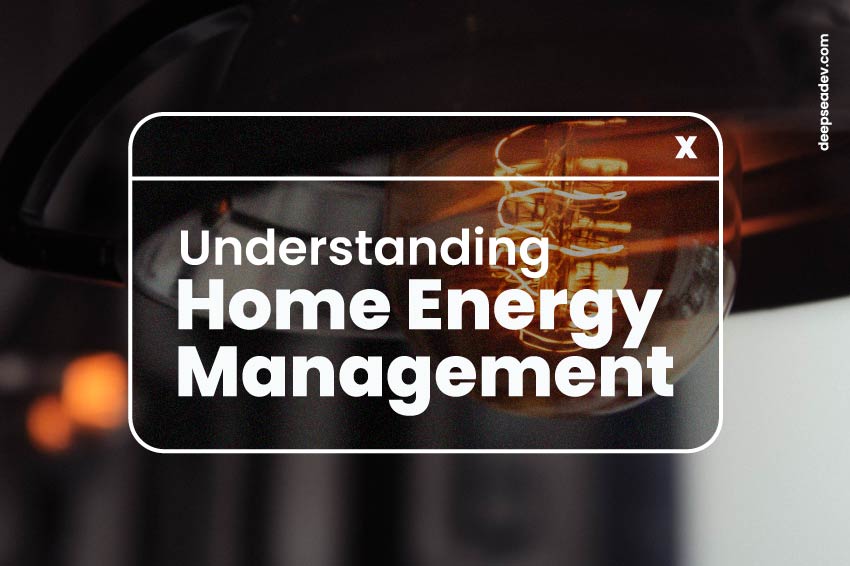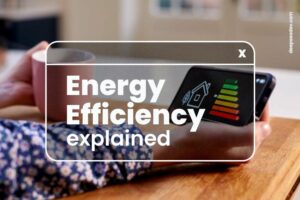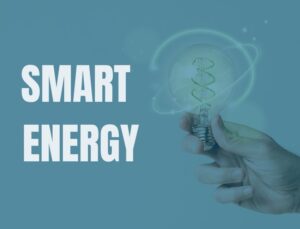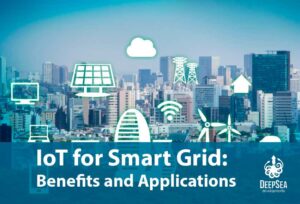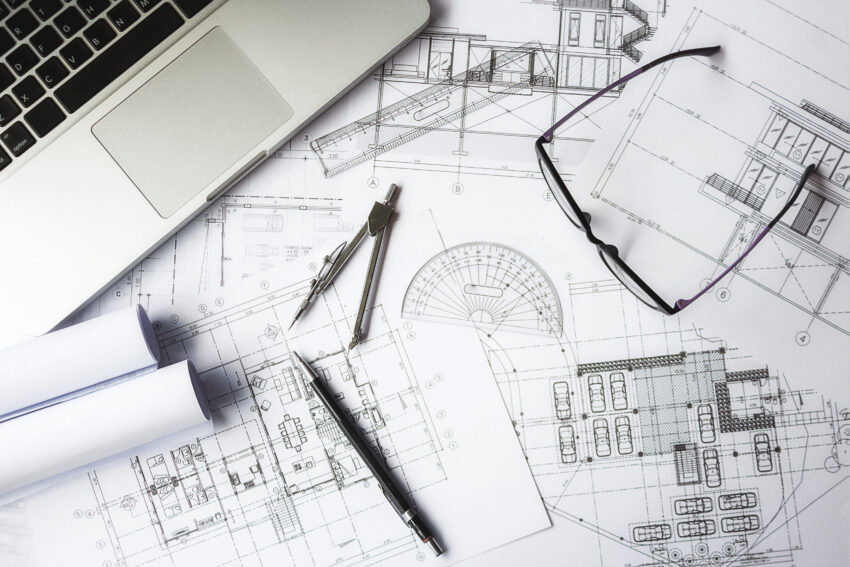IoT energy solutions have raised curiosity in homeowners to look for new ways to monitor, control, and optimize their energy consumption. This is where home energy management gains protagonism. Let’s see in this article what this means.
What is home energy management?
We could say that home energy management looks forward to empowering homeowners to make informed decisions regarding their energy usage, reduce energy waste, lower utility bills, and contribute to a more sustainable and environmentally friendly home (See IoT use cases).
This is only possible with the use of IoT technologies. Here is where we talk about a Home Energy Management System (HEMS).
It is a comprehensive and integrated set of smart technologies and devices designed to help homeowners monitor, control, and optimize their energy consumption within their homes.
The data that is collected in this system can be analyzed, and serves as a tool for improving the energy efficiency of the house.
Home energy management systems encompass the following features:
- Energy monitoring.
- Remote control capabilities.
- Energy optimization algorithms.
- Integration with several home systems and devices.
Thanks to these features, there could be a better energy ecosystem inside the house, and thus, bring great benefits to homeowners.
How does an energy management system for home work?
At the core of any HEMS is its hardware components. The primary piece of hardware is the central unit, a smart energy meter that acts as the hub or core of the system. Such device is in charge of communication and data transmission between various energy management devices, and household appliances to measure and control the energy consumption levels.
There are also other components that support the smart home energy management system, which can be smart thermostats, light sensors, batteries, and solar panels.
A smart thermostat is a key component of energy management at home that allows you to remotely control and schedule your heating and cooling systems. It can integrate with the HEMS to coordinate temperature settings with energy consumption, ensuring you’re not wasting energy on unnecessary heating or cooling.
On the other hand, we have smart light sensors, which enable homeowners to remotely control and schedule lighting (see IoT in energy management).
Some energy management systems for home include smart plugs or outlets that can be used to control and schedule the operation of specific appliances. This feature is useful for turning off appliances like coffee makers, TVs, Computers, or chargers when they are not in use, thus reducing standby power consumption.
Another popular alternative to energy consumption are solar panels, they can also be integrated into the home energy management system, and work as an ally for energy efficiency.
A great advantage of solar energy is that it helps homeowners to rely on different energy sources, and it can also be used for EV charging. And of course, solar energy contributes to reducing the monthly charges for regular electricity consumption.
Batteries can also be used at home for storing energy. Home energy management can take control of charging and discharging of the battery to maximize energy savings and provide backup power during outages.
The software in the home energy management system
We talked a little about the hardware of the HEMS, and the components that can work together with it to deliver outstanding results in energy management.
Now, the software works as the brain of the home energy management system, regulating data and communications between devices and users. It leverages the communication network to facilitate information exchange among the HEMS, energy suppliers, and homeowners.
The goal of the software that controls the home energy management system is to seek opportunities to optimize energy usage patterns. Essentially, it acts as the system’s intelligence, continuously assessing energy data to make recommendations for more efficient consumption.
The software must be accessible to the homeowner; the idea is they can have a similar interface to an IoT dashboard, which will help them to analyze data, and make necessary adjustments in terms of energy consumption.
Even when the person is not at home, the software must have the capacity to be accessed remotely. This feature contributes to automated energy management, since the homeowner can adjust the energy consumption from his phone or platform.
If you want to reduce energy costs, increase efficiency, and play a key role in building a more sustainable future, you need to think about home energy management.
Explore the options available and choose the best HEMS that aligns with your specific needs and budget to start enjoying the benefits of a smarter, and more efficient home.
If you want to know more about this topic, click on the link below to know our smart energy meter, a great ally for home energy management.
Related Energy IoT use cases
Energy Efficiency Explained
Energy efficiency has emerged as a crucial approach for reducing...
Leer másImplementation of smart energy and its benefits
Smart energy is an approach that has appeared in the...
Leer másSavings From Solar Panels
In an era of rising energy costs and growing environmental...
Leer másIoT for Smart Grid: Benefits and Applications
In the dynamic realm of smart energy, the integration of...
Leer más
